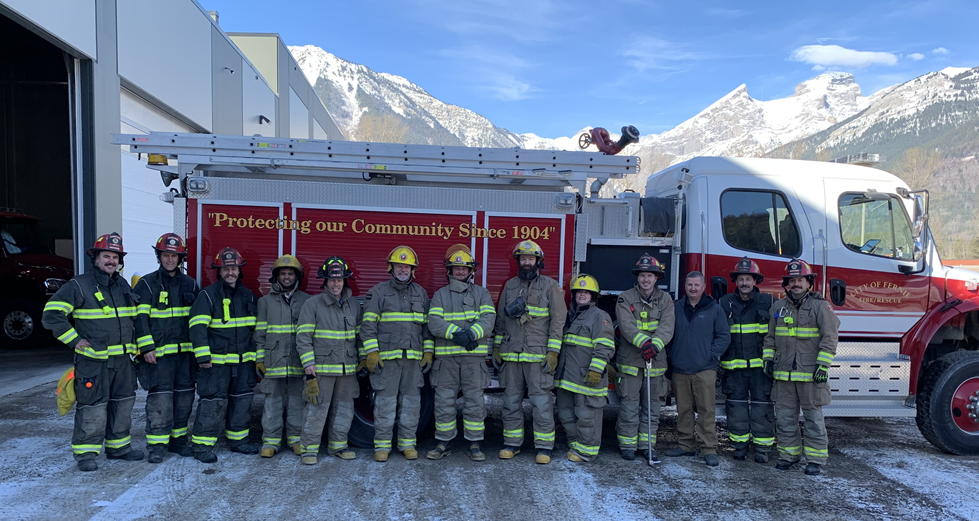Yesterday, Today and Tomorrow
Since the settlement's establishment in 1898, Fernie’s natural environment has been - and continues to be - its most valuable economic resource.
Early entrepreneurs quickly recognized the potential of the coal reserves within the Elk Valley, their abundance, quality and ease of accessibility meaning coal mining would be crucial for Fernie's formative years. Similarly, the dense forests of fir, pine, spruce and cedar provided the basis for successful lumber mills to locate their operations in the Fernie area.
The Elk River waterway provided the original transportation link within the Elk Valley,with the first railroad, the CPR British Columbia Southern mainline of 1898 - including the MF&M branch line to the mines at Coal Creek -providing a connection to North American markets. The Southern Trans Provincial Highway #3 was constructed around 1965, providing an important means of access to Fernie for persons and goods from around the Continent.
Today, Fernie's economy has diversified and mature, and while the mining and lumber industries remain very important to the City they have been joined by the increasingly important tourist sector. With the Elk River flowing through the center of town, the Lizard Range towering above the City at 2800 m, and a healthy forest ecosystem, Fernie's enviable location attracts a range of recreational visitors to the area. Tourist opportunities exist for all seasons in the area; skiing, snowmobiling,snowshoeing, and ice hockey in winter, mountain biking, hiking, river sports, hunting, and fly fishing in spring, summer and fall. Adventure tourism companies are growing to meet the increased demand for these outdoor activities in the region. The City of Fernie is active in promoting and enhancing the community's valuable recreational amenities, maintaining a trail network connecting community parks, the facilities such as the Aquatic Center, Community Parks, Golf Course, Ski Area, Elk River and the surrounding peaks.
Numerous upgrades for Fernie's tourist facilities are underway, with substantial investment accelerating growth in recreation and real estate sectors. Growth in sectors such as food and beverage, accommodation, entertainment,recreation, retail, personal services, construction, government services and the relocation of industries that do not need a specific location (such as software development) but want to locate here for the enviable lifestyle supported by the area means Fernie is going through an economic renaissance and a period of socio-economic transition.
With a proposed signature golf Course and resort community with as many as 1484 units in the works, Fernie Alpine Resort's expansion plans, Commercial Tenure Application, and the Island Lake Resort Group moving into a new era of customer opportunities, Fernie’s long term viability looks secure. Equally, the expansion of the Cranbrook Regional Airport to the “Canadian Rockies International Airport” makes the area more accessible to global markets; Fernie's economic future looks promising indeed.




.png)